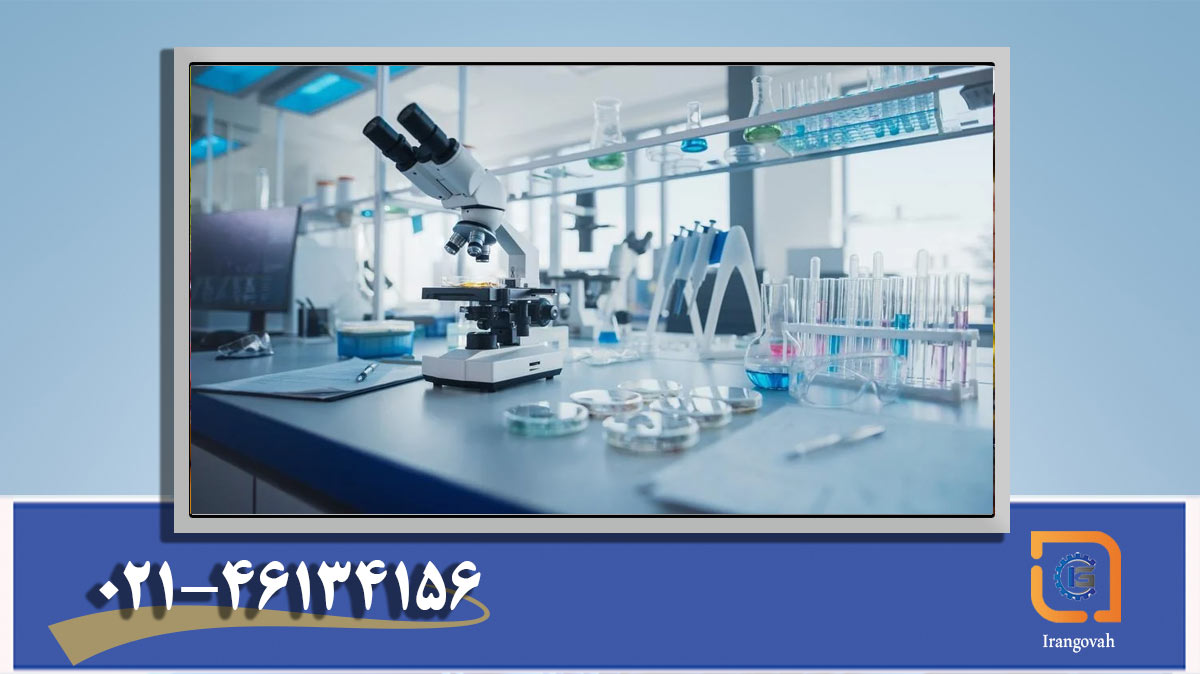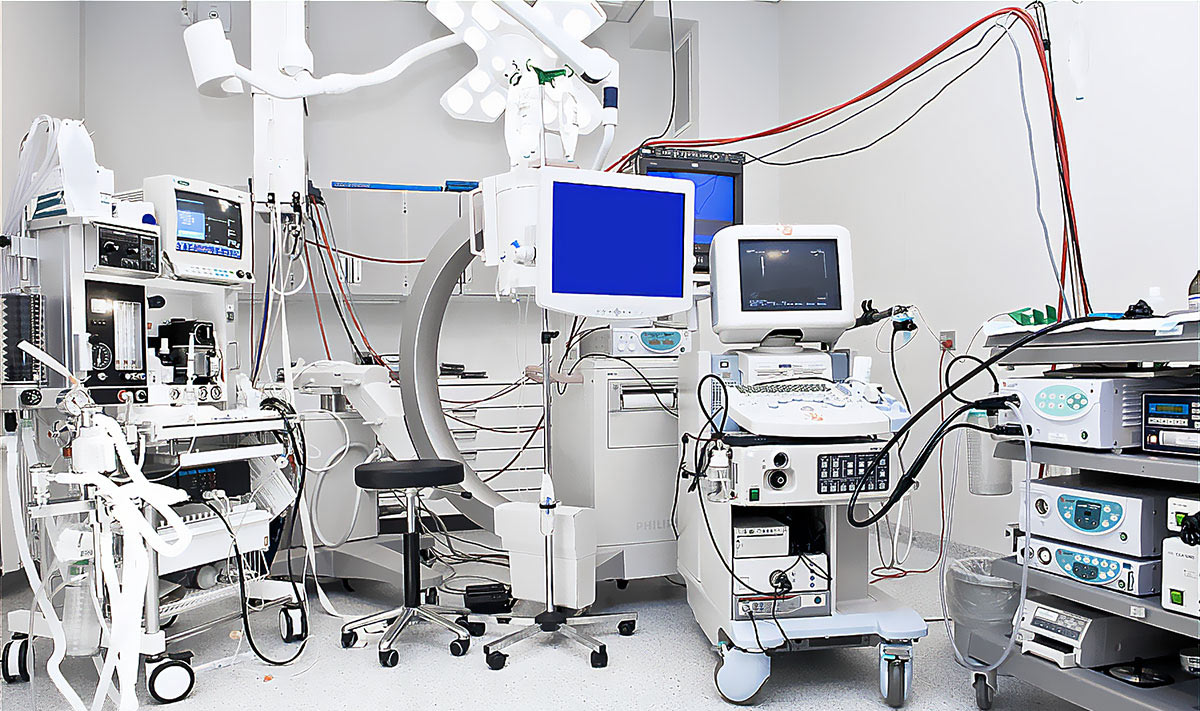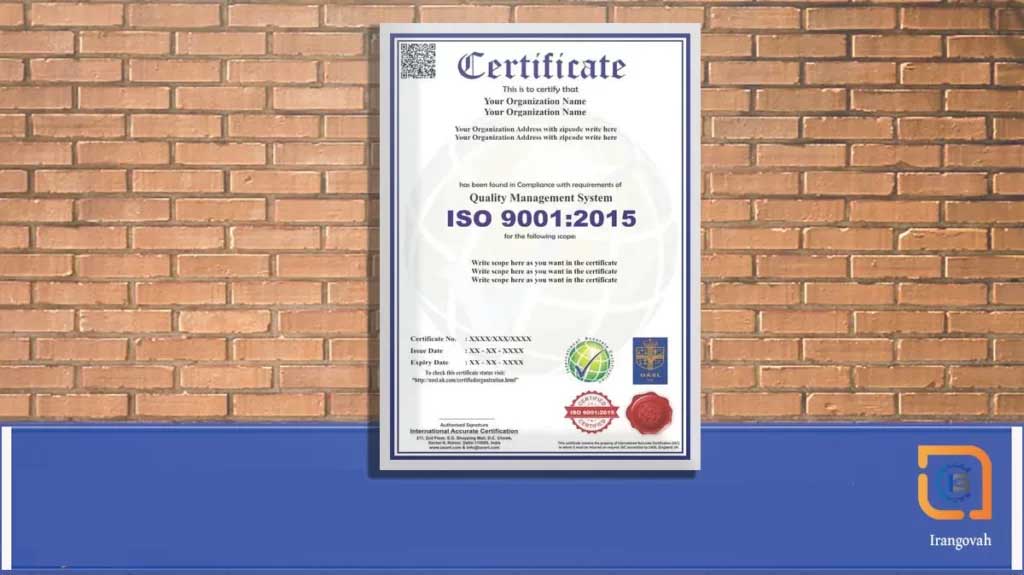This article explains the Good Laboratory Practices or GLP certification process. Good Laboratory Practices, abbreviated as GLP, is an international standard for quality control and ensuring the credibility of laboratory data. Introduced in the 1970s in Denmark and New Zealand, it was later adopted by the United States Food and Drug Administration (FDA) and the Organisation for Economic Co-operation and Development (OECD) as a standard system in laboratory regulations and methods.

- FDA's Revised GLP Regulations
- Purpose and Application of GLP
- Benefits of GLP Certification
- Key Components of GLP Certification
- GLP Certification in Various Industries
- GLP Licensing Process
- Documentation Related to GLP
- GLP's Role in Drug Safety Studies
- History of GLP
- Prominent Examples of GLP Implementation
- Adherence to GLP Standards
- The Role of Quality Assurance Unit (QAU) in GLP
- Role of Contract Research Organizations (CROs) in Upholding GLP
- Ensuring Accuracy and Credibility of Test Results
- Implementation Steps of GLP
- Good Laboratory Practice (GLP) Certification
- Frequently Asked Questions
- Final Word
FDA’s Revised GLP Regulations
In August 2016, the FDA published a revised set of GLP regulations that included updates and new changes to the previous standards.
Purpose and Application of GLP
Good Laboratory Practices (GLP) are utilized as an organizational process for the design, implementation, monitoring, reporting, and archiving of studies related to health, environmental safety, and other health-related aspects. This method is designed to produce reliable and accurate data for assessing risks to consumers and the environment in areas such as pharmaceuticals, pesticides, cosmetics, veterinary drugs, food additives, and industrial chemicals.
Importance of GLP Certification
Obtaining GLP certification ensures the traceability and credibility of submitted data, addressing the issue of non-reproducibility in biochemical experiments. The aim of GLP is to reduce drug side effects and improve human health and environmental safety.
Benefits of GLP Certification
The benefits of obtaining GLP certification include:
- Increased trust in the quality and reliability of laboratory data.
- Improved performance and accuracy in laboratory results.
- Enhanced efficiency and overall productivity in laboratory activities.
- Improved brand reputation and credibility through effective laboratory management.
- Reduced time and costs related to research and development.
Thus, GLP plays a crucial role in ensuring consumer health and safety and protecting the environment.
Key Components of GLP Certification
Good Laboratory Practices (GLP), an essential standard for ensuring the quality and credibility of laboratory data, consists of two main components:
Quality Management System
The GLP certification provides a comprehensive quality management system that defines precise standards for conducting studies, collecting data, and reporting results. This system ensures that laboratory processes are conducted with accuracy and scientific integrity.
Quality Assurance (QA)
The QA unit acts as an independent internal organizational section, verifying all written policies and procedures and providing complete oversight of all stages of study, analysis, and reporting.
GLP Certification in Various Industries
GLP certification is applicable in various industries, including pharmaceuticals, color additive production, food additives, food packaging, and medical devices. Organizations in these fields can apply for GLP certification.
GLP Licensing Process
The process involves submitting necessary documentation to prove that equipment and systems used are compatible with GLP standards.
Documentation Related to GLP
Once GLP certification is approved and issued, organizations can demonstrate their credibility through a unique mark on their website and other promotional materials.
GLP’s Role in Drug Safety Studies
GLP certification not only ensures the integrity of laboratory data but also focuses on ethical conduct and animal welfare in non-clinical studies. The data obtained from these studies serve as credible evidence for regulatory agencies for approval in clinical studies.
History of GLP
These regulations, created by the FDA in 1978 in response to a need for improved quality and scientific integrity in non-clinical toxicology studies, have since become a vital component in maintaining quality in drug production.
Prominent Examples of GLP Implementation
Instances such as scandals related to industrial biotesting laboratories highlight the importance of Good Laboratory Practices (GLP) regulations. Denmark and New Zealand, even before the FDA, published their GLP regulations in 1972.
In general, GLP plays a central role in ensuring the quality and accuracy of laboratory data, and consequently, the health and safety of consumers.
Adherence to GLP Standards
Adhering to Good Laboratory Practices (GLP) standards is vital for ensuring the quality and accuracy of research data in non-clinical studies. However, in certain specific cases, adherence to GLP is not mandatory. Specifically, early preclinical studies such as exploratory genetic toxicity, mutagenesis, safety pharmacology, and general toxicology laboratory studies can be exempt from GLP requirements. Also, in the initial stages of drug safety examination, involving ADME (Absorption, Distribution, Metabolism, and Excretion) analysis, researchers may decide to proceed outside the GLP frameworks.
The Role of Quality Assurance Unit (QAU) in GLP
A critical aspect of GLP is maintaining the independence of the Quality Assurance Unit (QAU) from laboratory operations. The QAU oversees compliance with GLP regulations in all aspects of the study. This includes ensuring that all equipment, personnel, methods, practices, records, and controls comply with established standards. QAU audits during non-clinical GLP laboratory studies are conducted meticulously to ensure adherence to Standard Operating Procedures (SOPs) and protocols, and that the final report accurately reflects the study data. Key components of a QAU audit include examining source data, verifying quality controls, and comparing tables, lists, and reports with protocols and legal requirements.
Role of Contract Research Organizations (CROs) in Upholding GLP
CROs, as independent organizations, play a significant role in ensuring GLP compliance. These organizations can provide unbiased and expert assessments, aiding in the evaluation and improvement of research processes. This includes detailed analysis of deviations, their causes, and their impact on the overall research process. This entails distinguishing between planned and unplanned deviations and analyzing their impact on the quality and accuracy of research outcomes.
Overall, adherence to GLP in non-clinical studies contributes to maintaining the quality and credibility of research data, especially in fields concerning human safety and health.
Ensuring Accuracy and Credibility of Test Results
Good Laboratory Practices (GLP), as an international standard in laboratory science, play a fundamental role in ensuring the accuracy and credibility of test results. Adhering to GLP principles and guidelines enables precise, reproducible, and credible testing, contributing not only to scientific advancement but also to increased knowledge across various scientific fields. The use of GLP in laboratory research is crucial due to numerous benefits:
Reproducibility of Results: Adhering to GLP ensures that test results are reproducible, a critical feature in scientific research, as trust in results and the ability to replicate them for validation are vital.
Accuracy and Precision of Results: Following GLP principles enhances the accuracy and precision of results. Using precise and standardized methods in the laboratory reduces the likelihood of errors, leading to greater confidence in the outcomes.
Maintaining Ethical Standards in Experiments: GLP ensures ethical and legal principles are upheld during the experimentation process, preventing any ethical violations.
Implementation Steps of GLP
Review and Analysis of Experimental Design: This stage involves a technical and ethical review of the experiment design, including setting objectives, selecting appropriate methods, and determining the size and method of sampling.
Conducting Experiments: Experiments are conducted based on a predefined plan using standardized and validated equipment.
Recording and Reporting: All results and processes of the experiment are meticulously recorded and reported, including details of activities, analyses, and conclusions.
Review and Validation: In this stage, the results of the experiments are reviewed to confirm the accuracy and reliability of the outcomes. Any ambiguities or deficiencies in the experiments are identified and addressed.
Thus, GLP plays a significant role in ensuring the quality and trustworthiness of scientific research outcomes and is recognized as a fundamental standard in laboratory science.

Good Laboratory Practice (GLP) Certification
Good Laboratory Practice (GLP) certification consists of a set of valid principles and guidelines designed to ensure accurate and reliable execution of tests in organizations and laboratory centers. This certification is used to guarantee that laboratory processes and methods are performed with specific and precise standards, and the results obtained are repeatable and trustworthy. Below, we answer some frequently asked questions in this area.
Frequently Asked Questions
Is GLP Only Applicable to Scientific Laboratories?
No, GLP is applicable in all areas dependent on the accuracy and reliability of test results, including pharmaceutical and chemical industries. This certification extends beyond scientific laboratories and is used in various fields.
Is Implementing GLP Costly?
While initially implementing GLP may seem costly, it reduces errors and improves the quality of results in the long term, leading to cost savings and resource efficiency. This certification also helps to increase customer trust in test results.
Are GLP Requirements Consistent Worldwide?
Yes, GLP is accepted as an international standard worldwide, and its principles and foundations are uniformly implemented in all countries. This international standard ensures consistency of processes and results globally.
Does Compliance with GLP Require Advanced Equipment?
Compliance with GLP does not depend on advanced equipment; it focuses more on precise and standardized methods and processes. However, using modern and standard equipment can help achieve more accurate results.
How Can One Obtain a GLP Certificate?
To obtain a GLP certificate, it is necessary to collaborate with reputable organizations and laboratory centers and undergo evaluation and approval processes. This process includes a thorough review of the laboratory and ensuring compliance with all required standards.
Final Word
GLP is used as a standard in the pharmaceutical industry and other fields to ensure the quality and trustworthiness of non-clinical animal studies and other research. Introduced by the FDA in 1978, these regulations have become an integral part of non-clinical drug development. The presence of an independent Quality Assurance unit in GLP is crucial for overseeing the conduct, analysis, and reporting of non-clinical studies.

To obtain ISO certificates, you can contact Iran Govah through WhatsApp.

